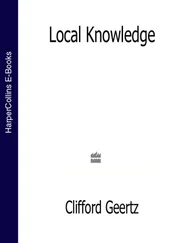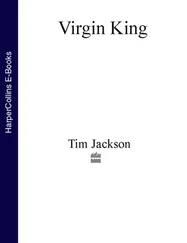“Cus disregarded a lot of things about Mike because it came with making a champion,” said Baranski. “Like Mike’s burning out in a fight. Cus knew that most of the time he’d knock the other guy out before that fatigue set in. I also thought it was like a way to control Mike and get the best results from him. If he’s fighting, he’s not getting in trouble. And if he’s fighting with bad intentions, which was most of the time, he’s winning.”
In 1983, D’Amato had to start preparing Tyson for the Olympic trials. He put him on what for some fighters would be a punishing schedule. For Tyson, though, maintaining a constant level of intensity suited his desperate urge for psychic release. On August 12, Tyson entered the Ohio State Fair National Tournament. On the first day, he knocked out his opponent in forty-two seconds of the first round. On the second day, Tyson punched out the two front teeth of his foe and left him unconscious for ten minutes. On the third day, for the tournament championship, his adversary, the young man who had won the National Golden Gloves title that year, quit before the fight with a bad hand.
The day after Tyson won the Ohio State Fair competition by default, he flew to Colorado Springs for the 1983 U.S. National Championships. Six other fighters had entered the heavyweight division. When Tyson arrived, four dropped out. He automatically advanced to the semifinals. Two victories later—both first-round knockouts—he had another amateur title. In early 1984, he won the National Golden Gloves. All that remained was to get through the Olympic trials, then go onto the games in Los Angeles. With the stiffest competition boycotting—Cuba, East Germany, and the Soviet Union—D’Amato felt that a gold medal was certain. Olympic victory, as it had for so many fighters (Floyd Patterson, Muhammad Ali, George Foreman, and Sugar Ray Leonard, among others), would launch Tyson’s pro career. D’Amato believed that in two years, three at most, Tyson could capture the heavyweight championship of the world.
Preparations for Tyson’s pro debut had to be made. Jim Jacobs and Bill Cayton had by 1984 invested more than $200,000 in Tyson’s development. That included paying $1,000 a week at one point for a single sparring partner, Marvin Stinson, who at the time was working with heavyweight champion Larry Holmes. As soon as the Olympics were over, they planned to sign Tyson to a management contract and start the march to the title. They had handled two other fighters before, and with some success: Wilfred Benitez and Edwin Rosario, both in the lower weight classes. A heavyweight could become a cultural icon. More mass-market appeal meant larger fight purses, product endorsements, and commercials. Tyson’s stunning first-round knockout victories had already garnered him a great deal of attention in regional markets among fight fans. But now that he was about to cross over into the national consciousness at the Olympics, Jacobs and Cayton realized that for publicity purposes they needed a story to tell. That Tyson won fights with a single punch wasn’t enough. They needed something more humanizing.
Jacobs talked to Alex Wallau, a boxing analyst with ABC Sports and a friend since the mid-1970s. Wallau agreed to tape an interview with D’ Amato and Tyson at the house. The idea was to televise a profile of the two during the Olympics. A look at the unedited version of the tape revealed the rough outlines of a story line that Jacobs and Cayton hoped to use as a publicity device at the Olympics.
Wallau’s questions focused on the obvious human-interest news hook: the unique relationship between an old Italian-American fight guru living in the country and a young, black boxing protégé from the bowels of the New York slums.
D’Amato first extolled the virtues of his fighter.
“He’s able to throw a punch, like lightning right next to you, and any punch he throws hits where he was and not where he is and in that position he can let a bomb go without any inhibition whatsoever,” said D’Amato. “I’ve never seen a fighter who can make the adjustment on so little so rapidly and do so much with it. I’ve never seen a fighter like Mike.”
“How would you say that Cus has helped you change your life?” Wallau asked Tyson.
“He’s changed my life by helping me deal with people. Before I couldn’t talk to people. I just wanted to be alone.” Then later Tyson added: “He’s like my father. I never look at it like he’s my trainer or my manager. I go by the way he feels about me and it’s like a father-son relationship.”
Wallau posed the same question to D’Amato.
“I never let my feelings get involved, no matter how much affection I have,” D’Amato said. Then, as if realizing he’d made a mistake, he corrected himself. “Having watched him come from what he was to where he is, I can say honestly I have a very deep affection for him.”
On the subject of his future, Tyson downplayed the hoopla over his prospects as champion. Something in him resisted hype. “Dreams are just when you’re starting off, that’s the image, you have the dream to push the motivation. I just want to be alive ten years from now. People say I’m going to be a million-dollar fighter … well, I know what I am and that’s what counts more than anything else, because the people don’t know what I go through. They think I’m born this way. They don’t know what it took to get this way.”
D’Amato wanted to get back to his feelings for Tyson. The core of it turned out to be a soft-pedaled admission of self-interest. “If he weren’t here, I probably wouldn’t be alive today. I believe that a person dies when he no longer wants to live.… But I have a reason with Mike here. He gives me the motivation. And I will stay alive and I will watch him become a success. I will not leave until that happens.”
D’Amato then gave the whole team—Tyson, himself, Jacobs, and Cayton—a plug. “When I leave he will not only know how to fight. He will not only understand many things, but he will also know how to take care of himself, because I have good friends like Jim Jacobs and Bill Cayton who are thoroughly and completely honest and competent in every area, who I know will continue doing what I have done, and probably a lot better than I’ve done.”
Tyson ended the interview in the contradictory posture of the cool, calculating professional detached from all other concerns beyond winning—except that he also wanted to please his mentors.
“We just do our jobs and that’s it. I just want to hold up my part of the team. And that’s to succeed and make everybody happy.”
“What will it take to make everybody happy?” asked Wallau.
“Do my job inside the ring, and they do their job outside the ring.”
All the elements of a compelling narrative were there. Here was the fighter with the almost inexplicable abilities (“hits where he was, not where he is”) who could destroy an opponent without “inhibition,” which was as if to say without remorse or pity. Such a persona was frowned on in the amateurs as too much the product of professional training. In the pro ranks, however, the persona of the Ring Destroyer would play well to national television audiences. The one-punch knockout fighter was the stuff of spectacle.
But those were hardly humanizing qualities. What made for good commerce did little to create basic, personal empathy for Tyson. Fortunately, Jacobs and Cayton could serve up his relationship with D’Amato. That would humanize him: D’Amato had saved Tyson from sure self-destruction in the ghetto, had given him a new life, a readymade family, and a father’s love. In return, Tyson had given D’Amato a purpose for living.
Finally, the narrative needed practical expression. Who would take this man-child fighter driven by primal forces and introduce him to the world? Who would convert into reality the Old Sage’s dream to make another champion before his death? Of course, the capable and honest Jacobs and Cayton.
Читать дальше
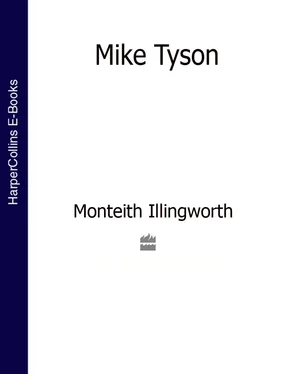

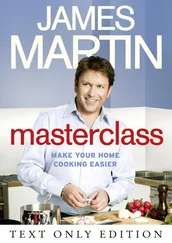

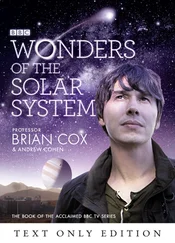
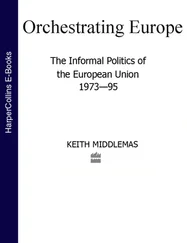


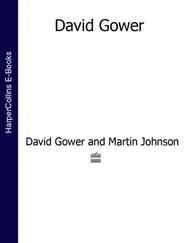

![Brian Thompson - A Monkey Among Crocodiles - The Life, Loves and Lawsuits of Mrs Georgina Weldon – a disastrous Victorian [Text only]](/books/704922/brian-thompson-a-monkey-among-crocodiles-the-life-thumb.webp)
